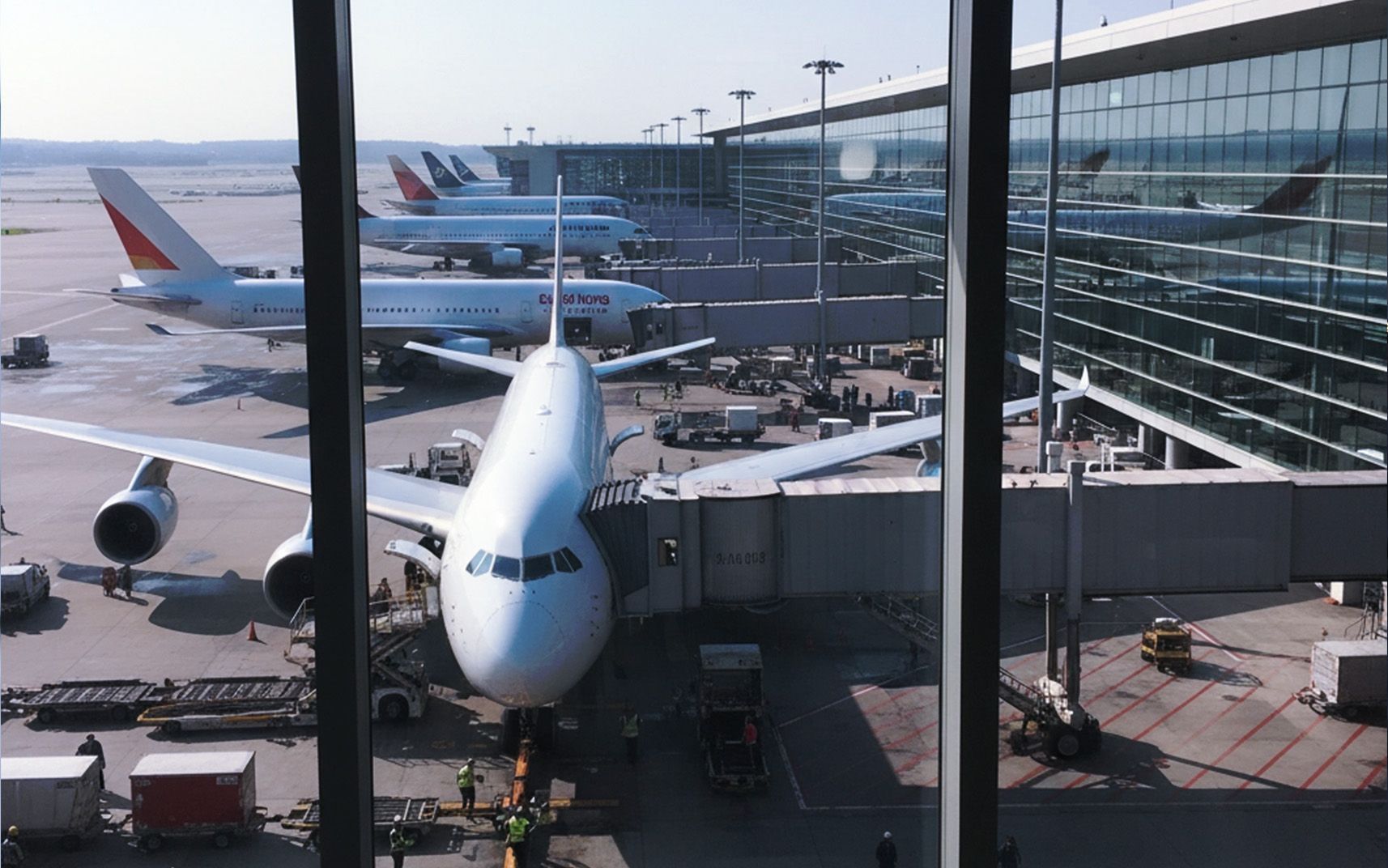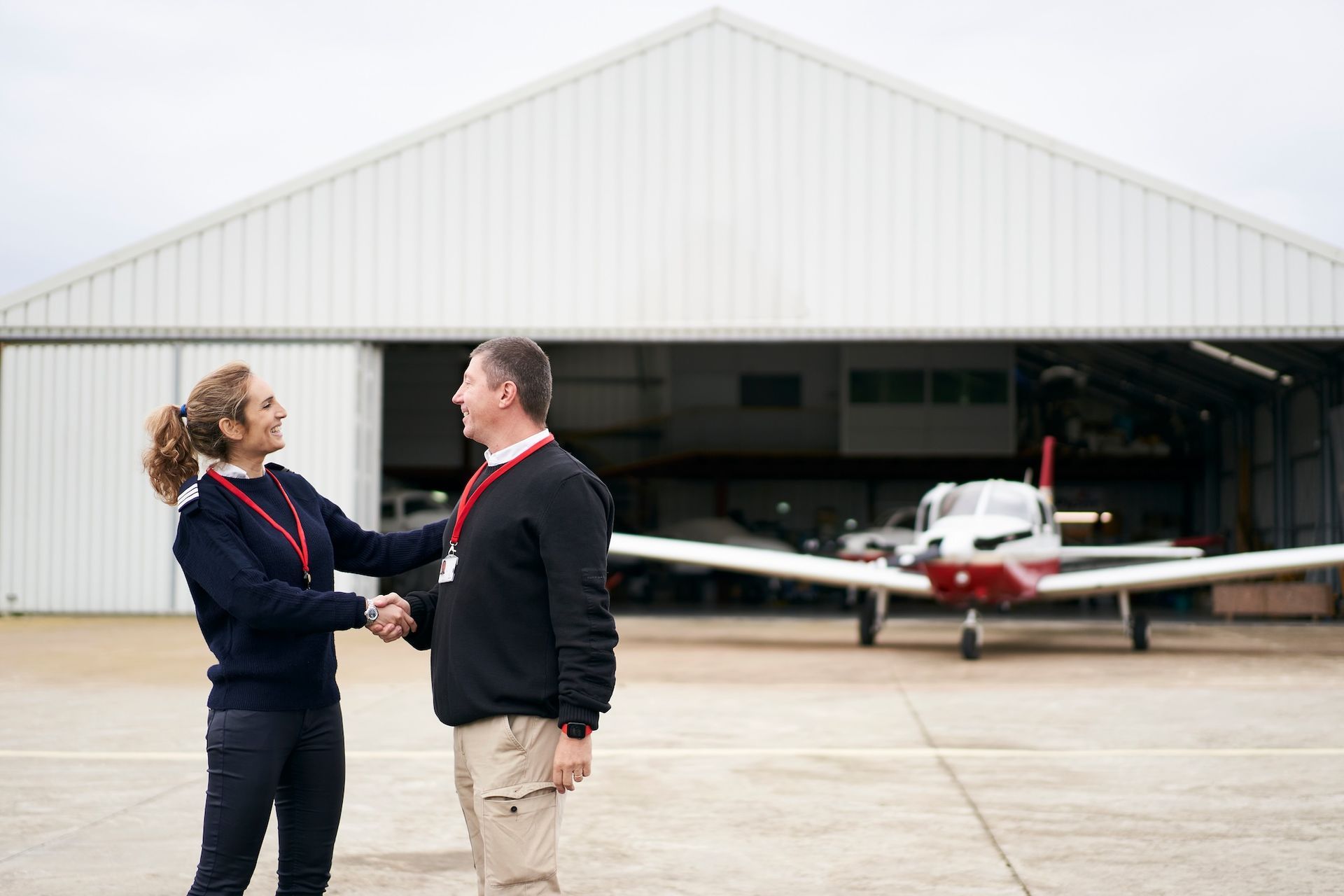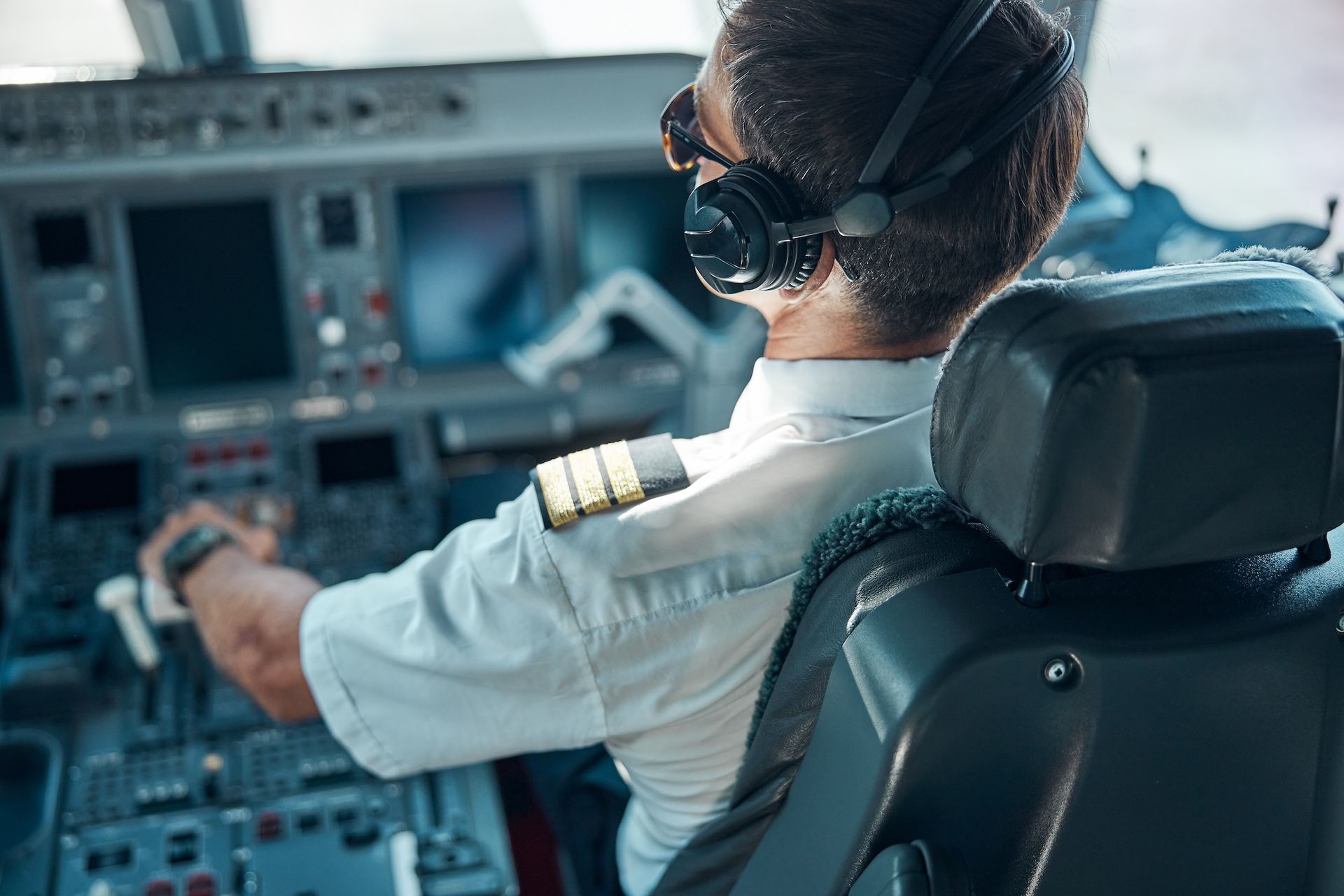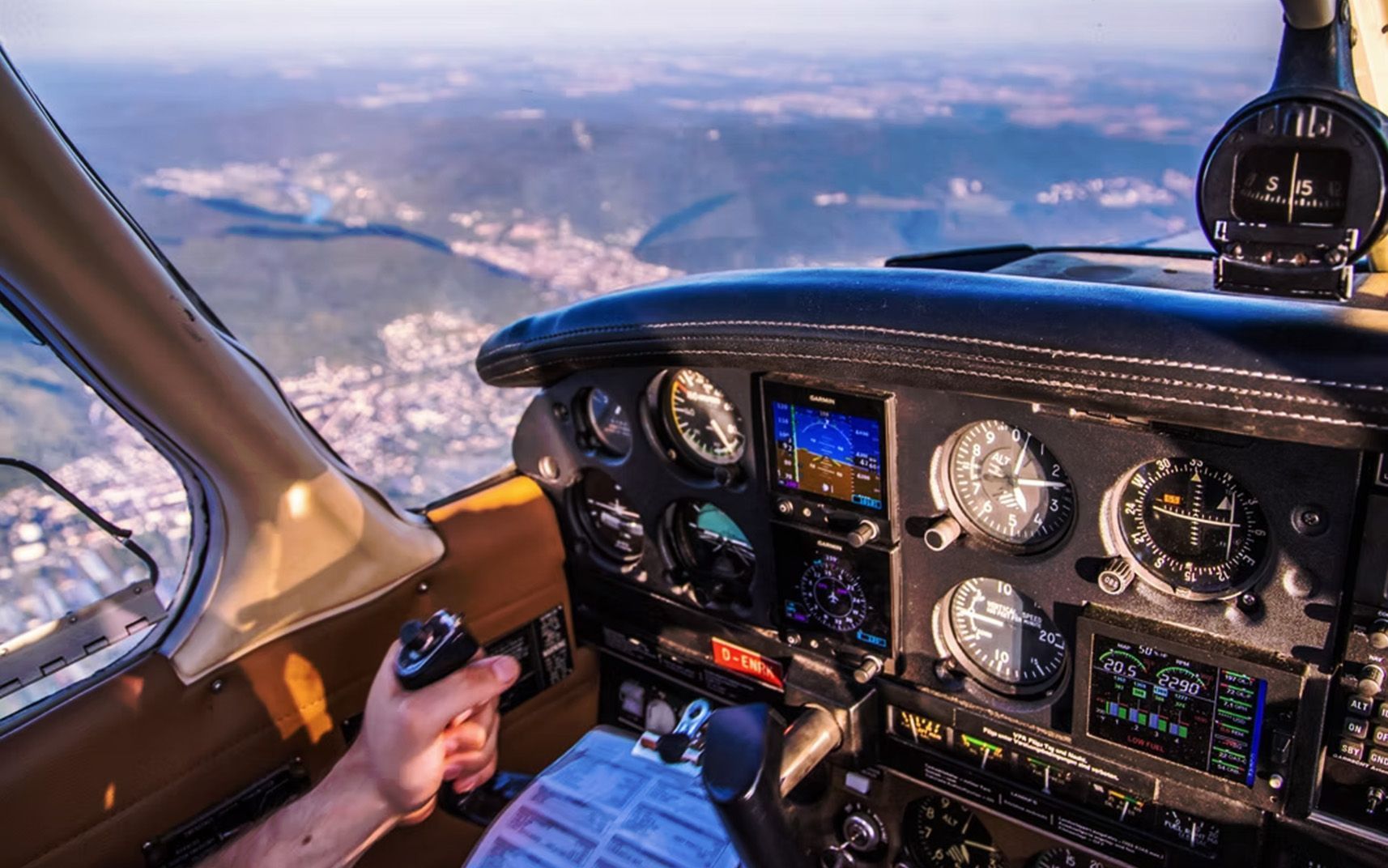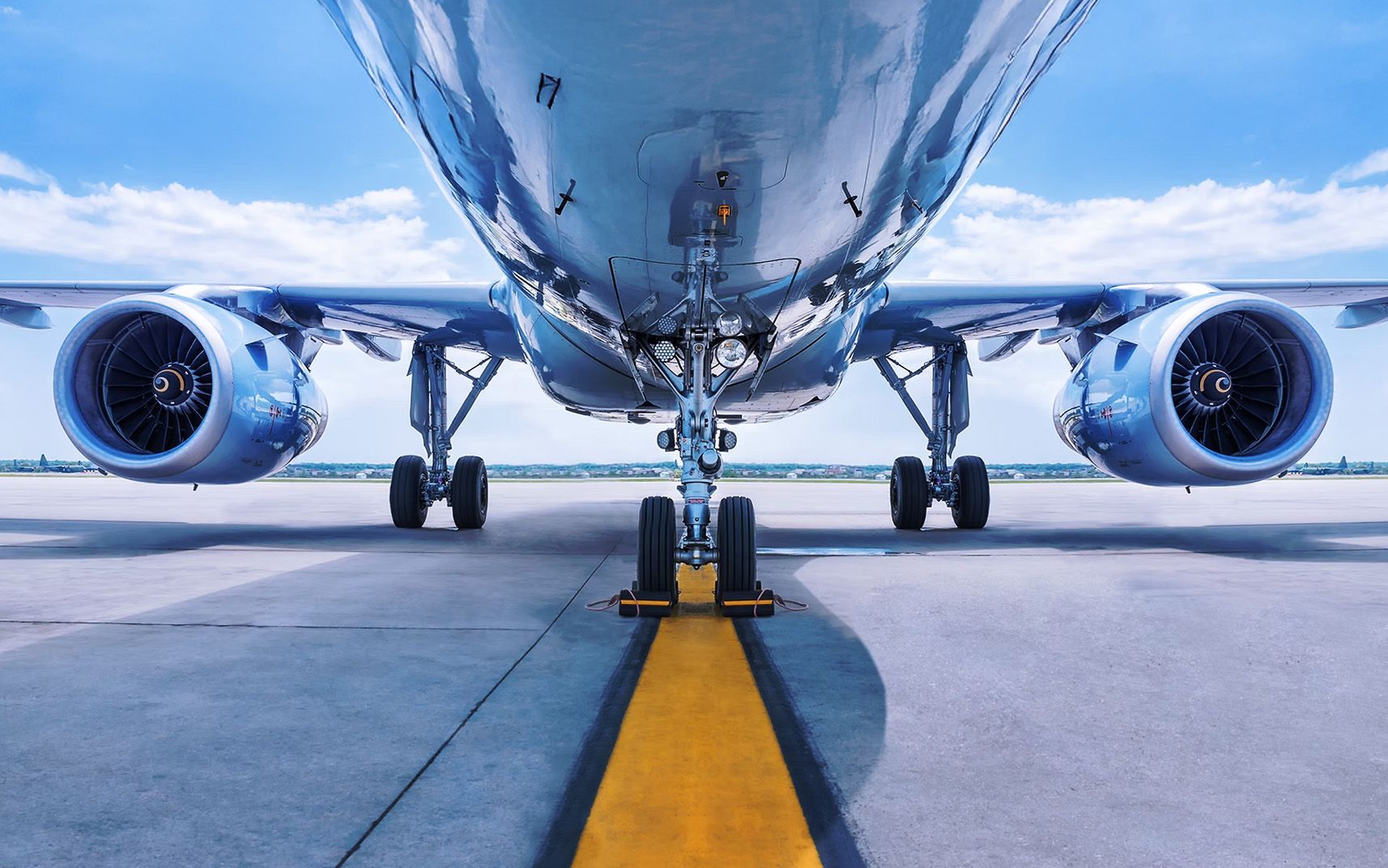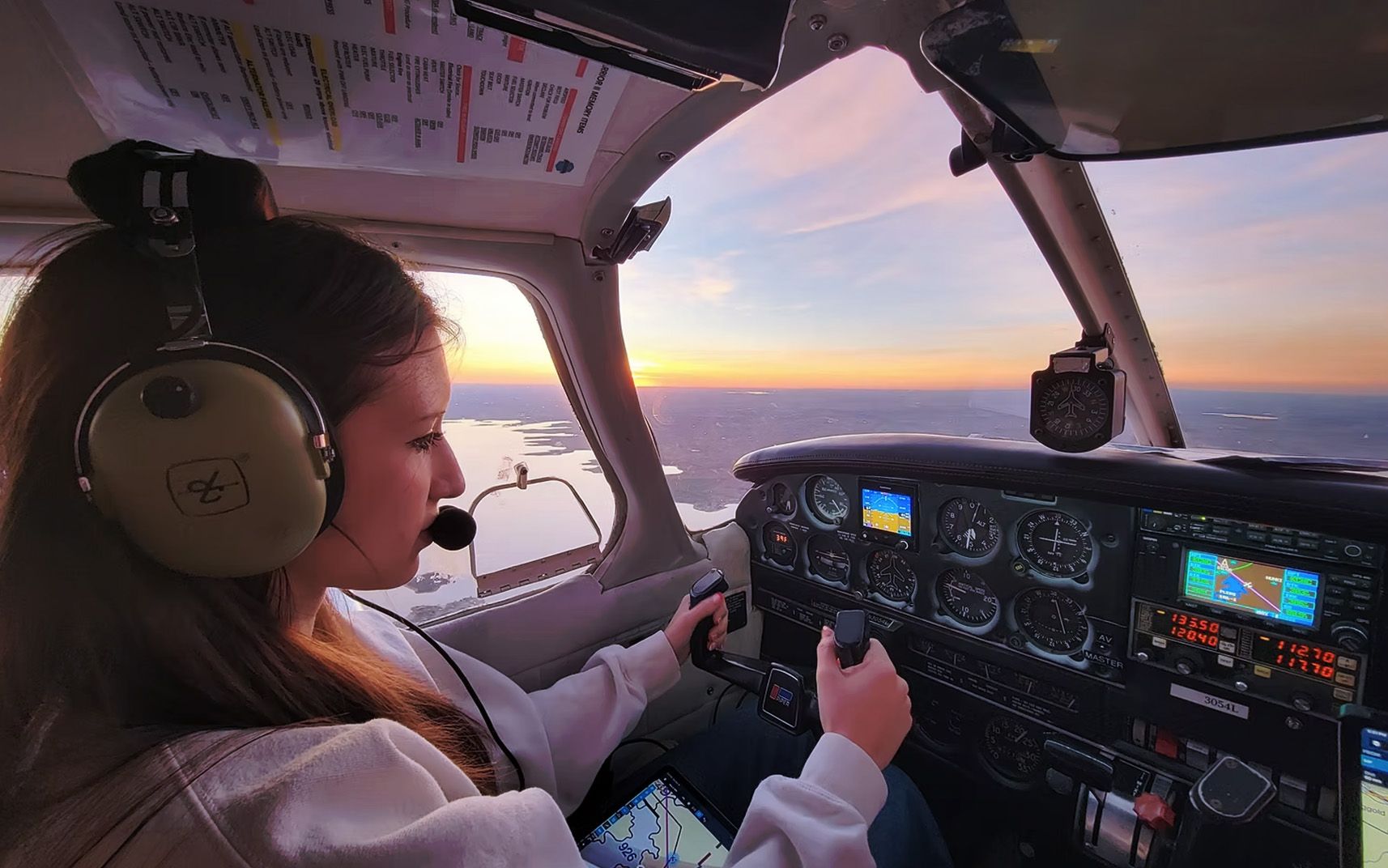Why Every Pilot Should Understand the Molecular Weight of Air (and How It Affects Aircraft Performance)
Share this article
When it comes to flying, most pilots spend their time focusing on instruments, weather reports, and navigation. But behind every successful flight lies a foundation of science that determines whether an aircraft can truly perform at its best.
One of the most important (and overlooked) concepts is the molecular weight of air. Understanding it can make the difference between smooth, efficient flying and struggling with performance issues that you could’ve anticipated as a pilot.
Let’s dive into the topics of weight molecular weight of air is, why pilots should care, and how you can start your pilot career where science meets skill.
So… What Is the Molecular Weight of Air?
The molecular weight of air refers to the average mass of the molecules that make up our atmosphere. While air is a mixture of gases, the primary components are nitrogen, oxygen, argon, and small amounts of other gases. On average, the molecular weight of air is about 28.97 grams per mole. This number might look small, but in aviation, it has big implications.
Because it is variable and compressible, its density is directly related to its molecular weight. Any factor that changes this balance, such as temperature, humidity, or altitude, will alter air density. And when air density changes, so does the way your aircraft behaves in flight.
Why Pilots Should Know and Care About the Molecular Weight of Air
Flying a plane is all about balance between lift, thrust, weight, and drag. Air density is a key driver of lift and engine performance, and since molecular weight plays a role in that density, ignoring it can mean missing critical performance cues.
For example, warm air has lower density than cold air, even if the molecular weight stays the same. When the air is less dense, wings produce less lift and engines generate less power.
Add high humidity to the mix and you have water vapor replacing some of the nitrogen and oxygen in the air, effectively lowering the molecular weight of air and further reducing density.
Pilots who understand this relationship can better understand and anticipate any changes when it comes to takeoff roll, climb performance, and fuel burn.
The Relationship Between Air Density and Aircraft Performance
The molecular weight of air isn’t just a textbook term, but plays a direct role in air density, which, in return, impacts the following:
- Lift: Lower density means less air flowing over the wings, reducing lift. Pilots need to adjust speeds or angles of attack to compensate.
- Engine Performance: Internal combustion engines rely on oxygen for combustion. Reduced air density means less oxygen per cubic foot, resulting in less power output.
- Propeller Efficiency: Less dense air can reduce the “bite” a propeller takes, which affects the thrust.
- True Airspeed: In lower density air, indicated airspeed will differ more significantly from true airspeed, impacting flight planning and fuel calculations.
As altitude increases, the number of air molecules per unit volume drops, reducing both air pressure and density. For a clear visual and interactive breakdown of how air pressure falls with elevation and what that means in real-world terms, check out NOAA’s JetStream learning module on air pressure.
By connecting molecular weight to all of these flight performance factors, pilots can make better and more informed decisions about weight limits, fuel loads, and takeoff and landing strategies.

High Altitude, Low Density
Altitude is one of the most significant factors that affect air density.
As you climb, atmospheric pressure drops, and while the molecular weight of air stays constant, the number of molecules in a given volume decreases. This reduced density leads to decreased lift and engine efficiency. Pilots flying in mountainous areas or at high-elevation airports need to pay close attention to density altitude calculations, which inherently rely on understanding the science behind air composition.
For a clear, pilot-focused explanation on calculating and interpreting density altitude and how it directly affects your performance, check out AOPA’s density altitude guide. It breaks down the concept with examples and safety considerations that make it easy to understand and apply.
Humidity’s Hidden Impact
Humidity is often underestimated in flight performance planning. Water vapor has a molecular weight of about 18g/mol which is much lower than the 28.96 g/mol average of dry air. When moisture displaces nitrogen and oxygen in the atmosphere, the molecular weight of air decreases. This lowers air density and, as a result, reduces lift and engine performance. High humidity days can feel sluggish not only to people but also to airplanes.
How to Use This Knowledge in Real Flight Situations
Pilots who grasp the connection between molecular weight of air and performance are better equipped to:
- Plan Takesoffs More Accurately
- Optimize Climb Rates
- Manage Fuel Efficiency
- Avoid Performance Surprises
For a more detailed look at the forces at play during flight, NASA’s Dynamics of Flight resource offers a pilot-friendly breakdown of how lift, drag, thrust, and weight interact in the air.
Why This Matters for Every Stage of a Pilot’s Career
Whether you are a student pilot or an experienced aviator, understanding the molecular weight of air and its role in flight is a fundamental skill. This knowledge makes you a safer, more precise pilot, which should always be the goal. It allows you to go beyond simply following checklists and instead make proactive, informed decisions in any and all flying situations.
Start Your Career Where Science Meets Skill
At Nationwide Aviation, becoming a pilot isn’t about logging your hours. It’s about building a foundation of technical knowledge and practical skills that make you a confident, adaptable aviator.
With accelerated training and programs that can take you from zero to licensed pilot in as little as nine months, one-on-one instruction from experienced CFIs, and a modern, maintained fleet, we’re truly here to set you up for success from day one.
Gain the ability to fly and the understanding of why an aircraft performs the way it does, including the science behind air density and molecular weight of air. When you combine that knowledge with hands-on training and career connections, you’re not just earning a license; you’re prepping for a long, successful career in aviation.
Your flight career starts here.
Contact us today to schedule your Discovery Flight and see how science and skill come together in the skies.
Recent Posts
